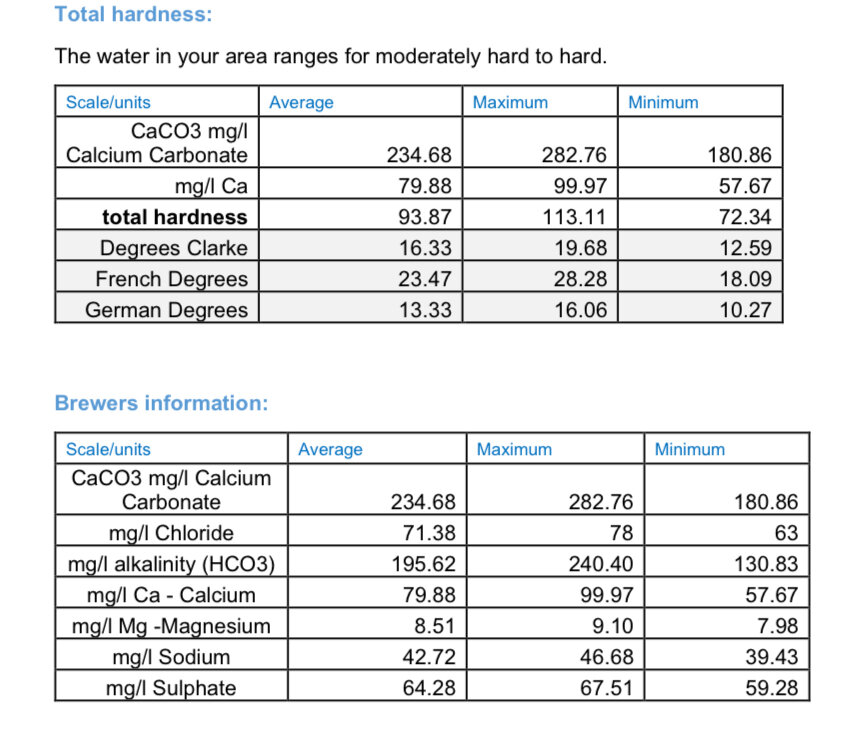Bradders
Member
Hi All,
I have read on the internet and read some threads here, but I am finding it hard to settle on an understanding of how to use a water report to understand (roughly) the out-of-the-tap GH and KH. I am going around in circles!
Would someone very kindly look at this water report (attached) from my local area and let me know what parts are needed to understand the GH and KH? I know I can measure my tap water (and have) but for the life of me I cannot work out how the numbers I get back are calculated using the data within the report.
I really would appreciate a basic master class to get me started. Sorry that this is something that has been asked time and time again - I am just not getting it!
Thanks,
Brad
I have read on the internet and read some threads here, but I am finding it hard to settle on an understanding of how to use a water report to understand (roughly) the out-of-the-tap GH and KH. I am going around in circles!
Would someone very kindly look at this water report (attached) from my local area and let me know what parts are needed to understand the GH and KH? I know I can measure my tap water (and have) but for the life of me I cannot work out how the numbers I get back are calculated using the data within the report.
I really would appreciate a basic master class to get me started. Sorry that this is something that has been asked time and time again - I am just not getting it!
Thanks,
Brad



